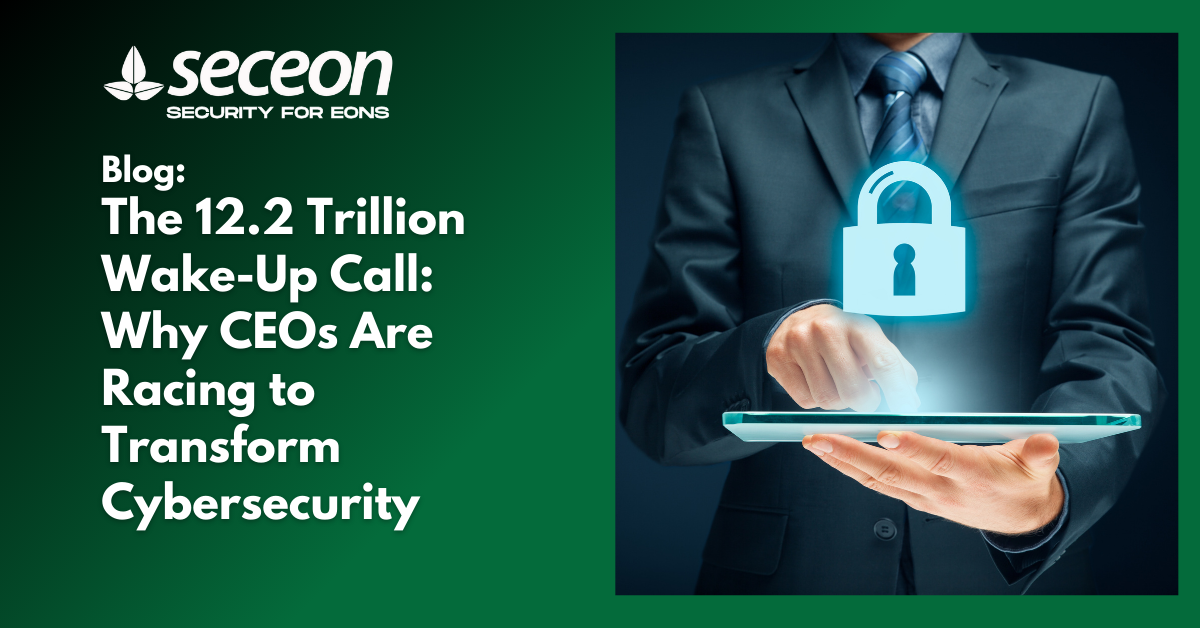
Cybercrime is no longer just a technical issue; it is a boardroom crisis. Global cybercrime costs reached 9.5 trillion dollars in 2024 and are projected to hit 12.2 trillion dollars by 2031. Yet only two percent of organizations have implemented firm-wide cyber resilience. Seventy percent of breached organizations experience major disruption, and just twelve percent achieve full recovery within 100 days.
Imagine a CISO delivering devastating news in a board meeting. Operations are halted, customer data is compromised, media calls are incoming, and financial losses could exceed ten million dollars. This scenario is no longer hypothetical. The gap between cyber threats and organizational preparedness has never been wider or more dangerous.
Forward-thinking executives are realizing that cybersecurity can be more than defense; it can drive growth. Organizations that implement proactive cyber resilience report ninety-two percent return on investment over three years, save an average of 2.2 million dollars using AI-driven security, reduce breach probability by fifty percent, and increase revenue growth likelihood by eighteen percent. Strong cyber posture also improves customer trust, accelerates digital transformation, and enhances contract opportunities.
AI is reshaping cybersecurity both as a threat and a solution. AI-powered attacks now execute in just four days, and over eighty percent of phishing attacks use AI technology. At the same time, AI platforms enable faster threat detection, automated response, and reduced dependence on human analysts. Organizations leveraging AI can reduce breach costs, respond faster, and improve overall security efficiency.
Compliance has become mandatory, not optional. The SEC requires material incident disclosure within four business days. EU DORA will be implemented for financial services by January 2025. Cybersecurity is also a growing component of ESG scoring. Boards are responding, with forty-one percent of directors ranking cybersecurity as their top concern and forty percent expected to form dedicated cybersecurity committees.
The global cybersecurity workforce shortage stands at 4.8 million professionals. Automation is the answer for many organizations, improving team effectiveness by fifty percent, reducing help desk load, and enabling continuous security monitoring without increasing staff. Strategic automation transforms talent constraints into business opportunities.
Seceon delivers an AI-powered Open Threat Management platform that enables organizations to move from reactive defense to proactive cyber resilience. The platform provides unified visibility across IT, OT, and IoT environments, automates threat response, and drives measurable business outcomes including faster response, lower compliance overhead, and scalable growth.
The choice for executives is clear. Organizations that act now will achieve significant ROI, reduce breach risk, and gain sustainable competitive advantages. Those that wait face escalating costs, long recovery periods, and potential loss of market position. Cyber resilience is no longer optional; it is a business strategy that separates leaders from laggards.
